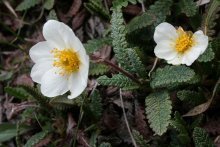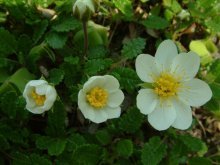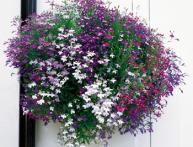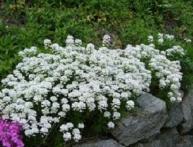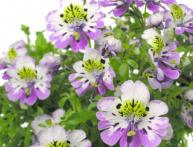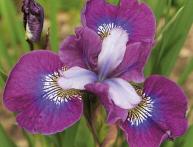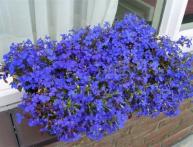Eight-petalled dryad or relict splendor in the garden

Dryads are charming forest nymphs. But not only. Dryads are also a genus of plants that are rightfully considered the most beautiful shrubs, distributed mainly in mountainous regions. If you need an unpretentious plant that blooms all season for landscaping an area with poor soil, then the eight-petalled dryad is ideal for these purposes. Let's try to get to know this blooming shrub closer.
Content:
- Eight-petaled dryad, botanical description and plant characteristics
- Dryad in a garden landscape
- Growing eight-petalled dryad on the site
Eight-petaled dryad, botanical description and plant characteristics
If we go back to Greek mythology, the Dryads were the patroness of trees. They were born and died along with the tree. The word dryad itself comes from the Greek “dryus” and is translated as oak. The genus received its name Dryad from Carl Linnaeus due to the similarity of the leaves of the eight-petalled dryad with oak leaves.
The genus includes several dozen species of evergreen shrubs. The eight-petalled dryad is distributed mainly in the alpine and subalpine zones of European countries. Although it can be found on the limestone rocks of the Urals, and even in Siberia. This type of dryad also grows in the tundra with access to the forest zone.
The species belongs to ancient relict plants. Life form: creeping or very spread out evergreen shrub.The height of the shoots can reach up to 15 - 20 cm. The width of the bushes can be up to 20 - 45 cm. The rhizomes and the lower part of the stem are covered with the remains of foliage. The leaves are oval, located at the ends of the shoots. The upper part of the leaf blades is green and shiny.
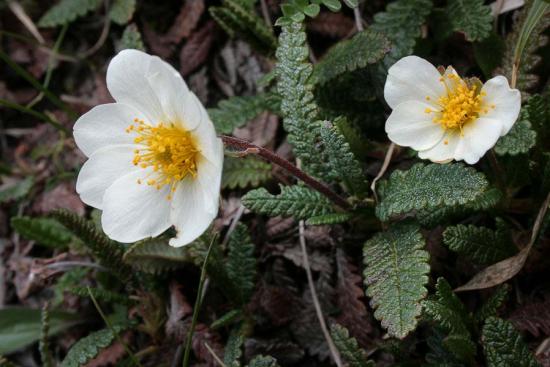
The leaves are whitish and felt-like below. The leaves are petiolate, the leaf blades are 3-4 cm long. The venation is clearly visible. The edge of the leaf is uneven, jagged and wavy, which is reminiscent of oak leaves. Important! Under the first snow, the dryad bushes leave with green leaves.
The plant has quite large flowers, the diameter of which sometimes exceeds 4 cm. The color of the petals is white. Although the species is called eight-petaled dryad, there are specimens in which the petals can be from 6 to 9. The flowers are arranged one at a time on thin peduncles covered with dense villi, the height of the peduncles is from 2 cm to 10 cm.
The flower is made decorative by numerous golden stamens located in the center of the flower. The flowering period begins at the end of June and continues until September. After flowering ends, fluffy round fruits - achenes - ripen in place of the flowers. The plant has many cultivars and varieties suitable for growing in the gardens.
Dryad in a garden landscape
Considering that the eight-petalled dryad is unpretentious in its wild form and is found in cold, rocky or clayey areas, it can be used to create decorative compositions in the garden on almost any soil.
It is ideal for rock gardens and alpine slides. This plant is indispensable in small rocky gardens. Dryads are suitable for any landscape shape.As a ground cover plant, dryad, or as it is also called, partridge grass, can be used even on fairly heavy clay soils.
It forms extensive turf quite well. The plant looks good in flower beds, lawns and any flower beds. The following varieties and cultivars of eight-petalled dryad are the most attractive for cultivation:
- grandiflora - a cultivar with very large flowers, more than five cm in diameter, blooms throughout the season
- argentia - this option can most often be found in Europe, has leaves that are well pubescent on both the lower and upper sides
- Argentia minor is the smallest variety, it has graceful shoots and blooms all season
- Alaskan - leaves with deeper teeth, the name suggests that this variety is often found in Alaska, flowers are white or light yellow
Description of the eight-petalled dryad in the video:
Grow It’s not at all difficult to create an eight-petalled dryad on your own.
Growing eight-petalled dryad on the site
While partridge grass is not at all picky about soil composition, it is quite sensitive to sunlight. Despite the fact that after the snow melts, old leaves can be burned by the spring sun, the plant should be placed in well-lit areas.
Throughout the daylight hours, the flowers of partridge grass turn to follow the sun. It is thanks to this that the temperature inside the flower is 7-8 degrees higher than the air temperature.
This comfort attracts pollinating insects. The dryad reproduces by seeds. They are sown immediately in open ground after harvesting. The ground should be moist; a layer of damp moss placed on top also contributes to successful germination.In spring, the seeds germinate. Two to three years after sowing, the dryad begins to bloom. In the future, the plant is prone to self-seeding.
To get good results for sowing, it is better to collect seeds at the very end of the season, when they are well ripe. The plant is also propagated by dividing the mother bushes. Caring for the plant is the simplest. During the dry summer watering Only young bushes need it.
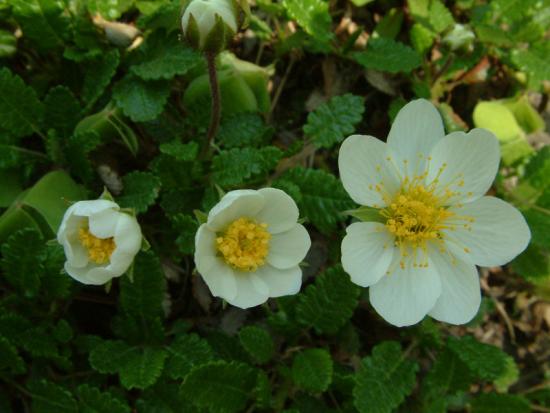
They can also be additionally covered in the first 2-3 winters. The ancient Greeks believed that for planting a tree, the forest nymphs - dryads - would be favorable to them. And the eight-petaled dryad planted in the garden will favorably delight the gardener with its magnificent flowers.

